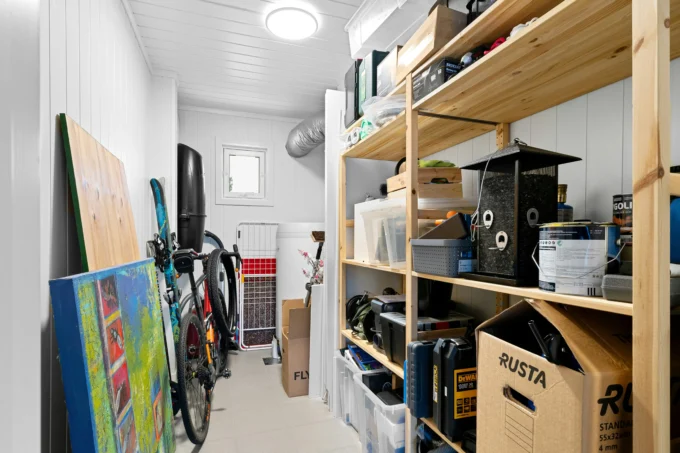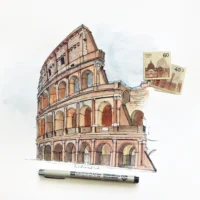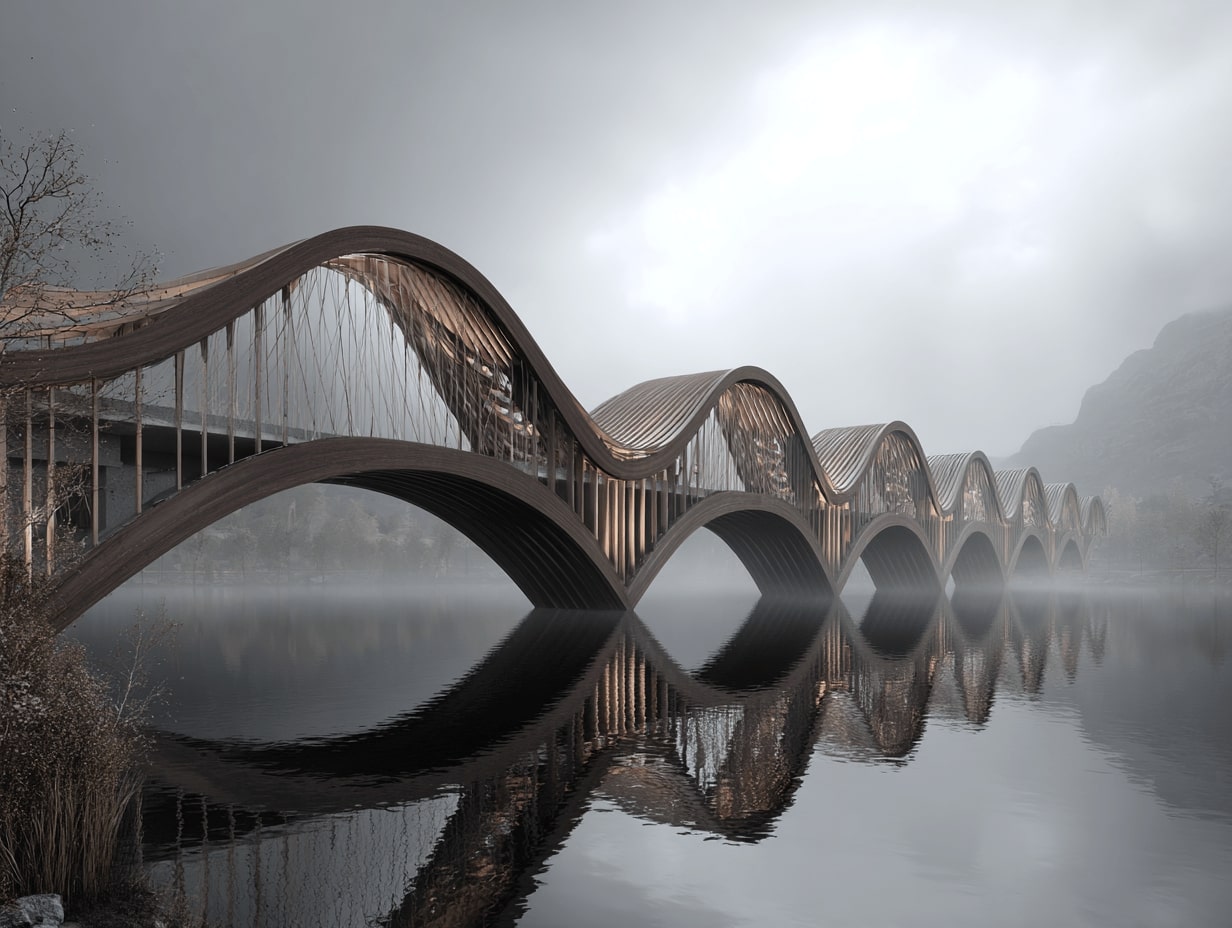- Home
- Articles
- Architectural Portfolio
- Architectral Presentation
- Inspirational Stories
- Architecture News
- Visualization
- BIM Industry
- Facade Design
- Parametric Design
- Career
- Landscape Architecture
- Construction
- Artificial Intelligence
- Sketching
- Design Softwares
- Diagrams
- Writing
- Architectural Tips
- Sustainability
- Courses
- Concept
- Technology
- History & Heritage
- Future of Architecture
- Guides & How-To
- Art & Culture
- Projects
- Interior Design
- Competitions
- Jobs
- Store
- Tools
- More
- Home
- Articles
- Architectural Portfolio
- Architectral Presentation
- Inspirational Stories
- Architecture News
- Visualization
- BIM Industry
- Facade Design
- Parametric Design
- Career
- Landscape Architecture
- Construction
- Artificial Intelligence
- Sketching
- Design Softwares
- Diagrams
- Writing
- Architectural Tips
- Sustainability
- Courses
- Concept
- Technology
- History & Heritage
- Future of Architecture
- Guides & How-To
- Art & Culture
- Projects
- Interior Design
- Competitions
- Jobs
- Store
- Tools
- More
Exploring Parametric Architecture: A New Era of Aesthetic Functionality in Design
Explore the innovative world of parametric architecture in this insightful article. Understand how this cutting-edge tech merges aesthetics and function to revolutionize urban landscapes."

In the realm of architecture, styles have evolved dramatically over the centuries. We’ve seen the rise and fall of many trends, each with its unique charm and aesthetic. But there’s one style that’s been making waves in recent years – parametric architecture.
Parametric architecture isn’t just a trend, it’s a revolution. It’s transforming the way we design, build, and perceive structures. By leveraging algorithms and computational geometry, architects can create designs that were previously unimaginable.
This innovative approach to design is pushing the boundaries of what’s possible in architecture. From skyscrapers that twist and turn to bridges that seem to defy gravity, parametric architecture is reshaping our world. And we’re here to delve into this fascinating topic and explore how it’s changing the face of architecture.

Table of Contents
TogglePopular Architectural Styles and Parametric Architecture
From the early classic designs to modern technology-driven styles, architectural designs have continued to evolve over centuries. Among these, parametric architecture is the latest entrant which uses computational geometry and algorithms to create radical, innovative designs.
What is Parametric Architecture?
Parametric architecture is a new trend in the world of design, where algorithms play a significant role in creating structures. Unlike the traditional approach—where an architect directly designs the physical form—parametric architecture involves setting up parameters and rules for the design software.
Simply put, in this approach, we define what we want to achieve then let the computer work out the complexities. The entire process is made simple, efficient, and accurate, which allows us to create shapes and forms that wouldn’t be possible otherwise.
Through the utilization of parametric architecture, we give birth to unique, organic, and revolutionary building designs that redefine the architectural landscape. These include the likes of twisting skyscrapers, exotic pavilions, and gravity-defying bridges.

How Is Parametric Architecture Started?
The roots of parametric architecture go back to the late 20th century. With the advent of Computer-Aided Design (CAD) systems in the 1960s and 70s, an environment was set that allowed for the evolution of this unique architectural style. While these initial advancements were promising, it’s in the 21st century that parametric architecture really gained its momentum.
This can predominantly be credited to an increase in computational power, improvement in the efficiency of CAD softwares and an overall acceptance of technology in the architectural field. With these advancements, architects were now able to create intricate designs and turn them into tangible structures.
While traditional architectural styles have proven timeless and beautiful, it’s undeniable that parametric architecture is pioneering a breakthrough. Its evolution and adoption in modern design is paving the way for structures that embody both aesthetic charm and functional efficiency. This progress opens up vast potential for architectural possibilities in the near future and beyond.
Parametric Design
Leading from the historic journey of architectural styles, we now delve into the core of what makes parametric architecture a powerful trend in the modern design world. Parametric Design, the engine driving these innovative creations, is transforming the architectural landscape.
Parametric design is a strategic process where architects establish design parameters within CAD software. It’s a dynamic model where even minute changes in one parameter lead to automatic adjustments in the overall design. This automation forms the crux of parametric design, creating infinite possibilities for complex and intricate structures.
Understanding this, we can visualize how every parameter set has its unique signature, shaping the architecture from the rawest concept to the final structure. It’s almost as if buildings and structures breathe life, responding to the set parameters like a living, evolving organism.
As we proceed through the digital era, AI and Machine Learning are making their way into the architectural field. With these technologies, the capability to produce sophisticated parametric designs is escalating. Every day, we see newer and more elaborate structures that push the boundaries of architectural innovation. High-rises, bridges, sculptures, urban landscapes – the realm of parametric design is ever-expanding.
Exploring parametric architecture’s vast domain, it’s worth noting how this approach optimizes functional efficiency while not letting go of aesthetic appeal. By aligning the form with function, architects now produce designs previously unimaginable. The process is no longer just about beautiful buildings; it’s about structures that are sustainable, region-specific, and capable of standing the test of time.
Parametric design unlocks doors to architectural creativity, nudging us to envision future skylines just waiting to be sketched and built.

Introduction to Parametric Architecture
Parametric architecture represents a new era in the design and architectural realms, one that’s highly reliant on mathematics and algorithm-based logic. At its core, it’s a framework that allows us to manipulate design variables programmatically to generate various output versions which would otherwise be nearly impossible with traditional methods.
On a global scale, the benefits and impacts of parametric architecture are profound. It’s becoming increasingly valuable in dealing with complex designs not only because it can manage myriad variables, but also because it opens up new potential pathways for stunning designs. We’re talking about complex high-rises, intricate bridges and impressive urban landscapes that not only enhance our surroundings aesthetically but also answers to our burgeoning need for sustainability.
We’ve witnessed the transition from hand-drawn blueprints to CAD software and now we’re entering an era where artificial intelligence (AI) and machine learning are gaining traction in the architecture industry. Architects now wield the power of advanced computational abilities. They can establish design parameters within CAD software, leading to automated adjustments that effortlessly turn sketches into detailed 3D models.
In the current architectural landscape, parametric design is not just a praiseworthy tool but a necessity. It allows us to design and create structures that are more sophisticated. Buildings, bridges, and landscapes that bear the mark of innovation, environmental considerations, and sustainability. Essentially, parametric architecture is opening up a world of architectural possibilities that we’re only beginning to unlock.
As we delve deeper into the potential of parametric design in following sections, we’ll continue to explore how this technique is shaping our future skylines. Through it, we’re seeing creativity and function collide in ways that not only challenge the boundaries of design but also push architectural achievements to new heights.

Applying Parametric Design in Modern Architecture
As we navigate the expanse of contemporary design, parametric architecture unfurls impressive potentials in several areas, importantly in the modern architecture genre. Progression in design technology has underlined the prowess of advanced tools like AI and machine learning, propelling architects beyond conventional creation processes.
In high-rises and complex urban landscapes, parametric design has proved a game-changer. The capacity to add, alter, and manipulate design variables algorithmically eases the management of sophisticated design elements. For instance, we are witnessing an increasing usage of parametric design in the construction of energy-efficient skyscrapers.
Moreover, applying parametric architecture provides an avenue for fusing aesthetic preferences with eco-friendliness. Our understanding and commitment to environmental sustenance can be materialized through intricate designs that not only spellbind observers but also answer to Mother Nature’s pleas.
In the bridge construction area, parametric design’s benefits are cardinal. An intricate play of mathematics and algorithms solves dilemmatic problems like structural integrity and safety requirements while retaining aesthetic charm. Architects thus enjoy the creative liberty to introduce dramatic arches, curvilinear elements, and striking forms that might have been previously implausible without parametric design features.
Furthermore, modern architecture has discovered tremendous merit in weaving parametric design with AI and machine learning. The perpetually advancing capabilities of artificial intelligence can auto-calibrate complex structural calculations, which enables architects to dedicate their time in improving the design’s functional and aesthetic aspects effectively.
Parametric design’s application spans beyond mere construction purposes. It is opening a world of opportunities; it’s reshaping our urban landscapes, and transforming the architectural narrative to one that blends creativity, sustainability, and advanced technology in harmony. Parametric design is the emblem of not just evolving architectural lexicon, but also our solidifying commitment towards improving environmental sustainability in urban development spheres.

Conclusion
As we delve deeper into parametric architecture, it’s important to highlight the amalgamation of aesthetics and functionality it offers. This approach allows for a seamless fusion of creative design elements with focus on utility, effectually utilizing the potential of both attributes.
In the modern urban landscapes, we can see the shift towards utilitarian art – artwork that has both practical and artistic value. Architects are now blurring the lines between beauty and function, striving to achieve the best of both worlds in their creations. They’re pushing boundaries and venturing into new territories, experimenting with different forms and textures that serve dual purposes.
For instance, high-rises are no longer just vertical living spaces. They’ve evolved into sustainable systems, with their design catering to natural light optimization, wind acceleration reduction, and eco-friendly resource utilization. Here, we can see the interlacing of form and function, made possible by AI and machine learning guided parametric design.
We’ll also like to highlight how bridge construction is revolutionized by parametric architecture. Gone are the days where bridges are merely tools for crossing from one place to another. Contemporary design principles value not just connectivity but also aesthetics, seamlessly syncing them into majestic structures.

In essence, parametric architecture presents a myriad of possibilities, from more efficient usage of space to better adherence to environmental standards. Remarkably, it leverages technology to its advantage, gauging physical parameters, analyzing data, and crafting data-driven designs. It’s a testament to how technology like AI and machine learning can enhance architectural creativity and innovation.
From here, we will further delve into the nuances of parametric architecture, exploring how its versatile nature is poised to redefine the trajectory of architectural progress. We will also examine the implications of merging technology and design, signposting the directions for future architectural styles. Parametric architecture is indeed an exciting field that symbolizes the convergence of art, technology, and sustainability, taking urban design to newer and more inspirational heights.
Stay tuned as we reveal more of the architectural marvel that’s reshaping the landscape of design.
Submit your architectural projects
Follow these steps for submission your project. Submission FormLatest Posts
Top 10 Examples of Parametric Architecture Around the World
Parametric architecture is reshaping global design through computational tools that generate fluid...
10 Notable Architects Who Excel in Parametric Design
Discover 10 leading architects who excel in parametric design, showcasing how computation,...
Parametric Design in Bridge Architecture: From Idea to Ribbon-Cut
Parametric design in bridge architecture: how data, rules, and optimization speed iterations,...
8 Principles of Parametric Architecture You Should Know
Parametric architecture merges computational logic with creative exploration, allowing designers to generate...












Leave a comment